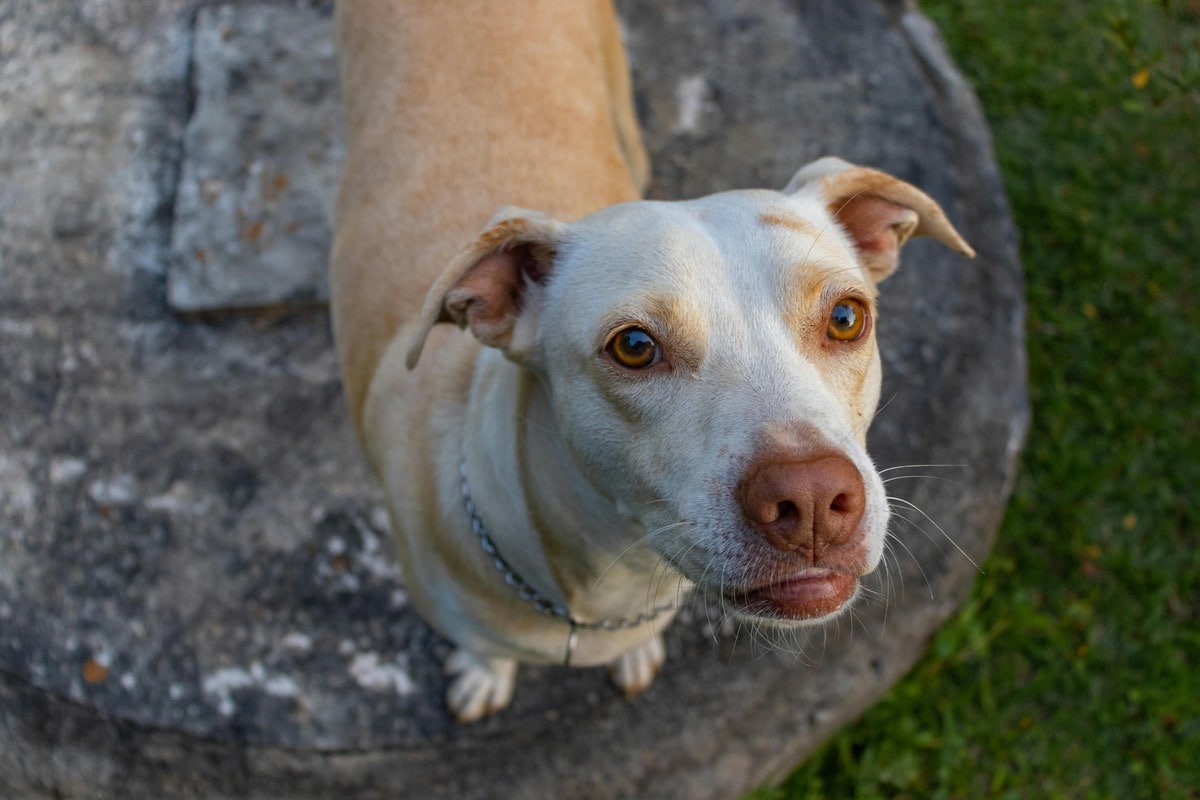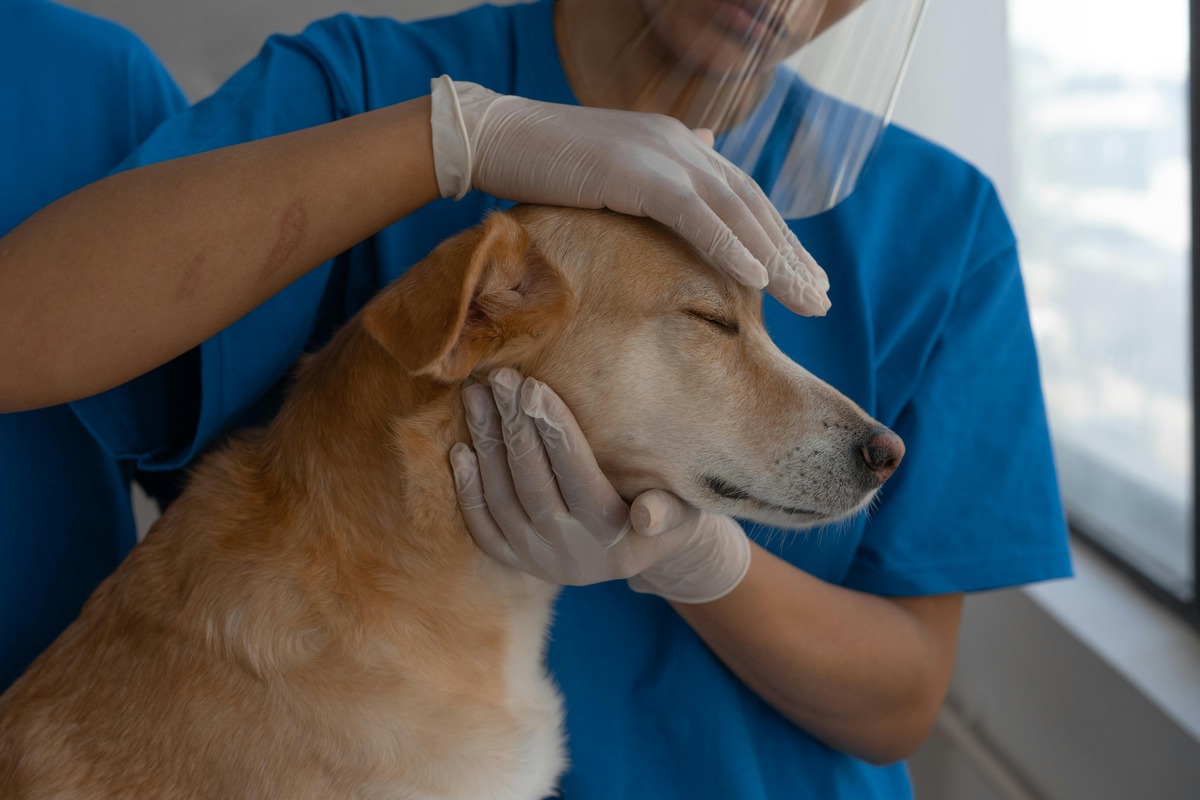
Separation Anxiety in Pets: How to Help Your Dog or Cat
Does your pet become anxious, destructive, or overly vocal when you leave the house? If so, they might be suffering from separation anxiety. Separation anxiety in dogs and cats is a common issue that can lead to stress for both pets and their owners. Some pets handle being alone just fine. Others have a hard time and show distress when their humans are away.
Understanding and addressing separation anxiety is crucial for your pet’s well-being. Pets with long-term anxiety can face lasting behaviour problems or health issues from ongoing stress. In this guide, we’ll explore the causes of separation anxiety, the signs to look out for, and the best cat anxiety solutions and pet calming techniques. So that you can help your furry friend feel more secure when left alone.
Understanding Separation Anxiety in Pets
What Causes Separation Anxiety?
Pets are social creatures, and many form strong bonds with their owners. When left alone, some experience fear, stress, or panic. Several factors contribute to separation anxiety, including:
- Sudden changes in routine – If your schedule changes suddenly (e.g., starting a new job or moving to a new home), your pet might struggle to adjust.
- Early socialisation – Pets that miss out on meeting various people and exploring new places may feel anxious when left alone.
- Past trauma or abandonment – Rescue pets are more likely to experience separation anxiety in dogs and cats. This is due to previous neglect or abandonment.
- Over-attachment to the owner – If a pet is overly dependent on its owner’s presence, it may struggle when left alone.
- Excessive confinement or lack of stimulation – Too much time alone can lead to boredom. Without stimulation, pets may become anxious.
Common Signs of Separation Anxiety in Dogs and Cats
Recognising the early signs of separation anxiety can help you take steps to manage it before it worsens.
Signs in Dogs:
- Excessive barking or howling when left alone
- Destructive behaviours such as chewing furniture, scratching doors, or digging
- Pacing or restlessness
- House soiling (even if house-trained)
- Attempts to escape
Signs in Cats:
- Excessive meowing or yowling
- Overgrooming or pulling out fur due to stress
- Destructive scratching on furniture or doors
- Not using the litter box properly
- Clingy behaviour when the owner is home
Learn to recognise these signs early. So that you can implement effective pet calming techniques before the anxiety worsens.
How to Help a Dog with Separation Anxiety

1. Gradual Desensitisation
One of the most effective pet calming techniques is gradual desensitisation. This method helps your dog get used to being alone in a stress-free way.
Steps to Desensitise Your Dog:
- Start by leaving for short periods (e.g., a few minutes) and gradually increase the duration.
- Use positive reinforcement (treats, praise) when your dog remains calm.
- Avoid dramatic goodbyes and greetings, as this can increase anxiety.
2. Create a Safe Space
Giving your dog a secure and comfortable space can help them feel safer when you leave.
- Provide a cosy crate, bed, or designated “safe zone.”
- Leave behind an item with your scent (like an old T-shirt).
- Play calming music or use a white noise machine to create a soothing environment.
3. Mental Stimulation and Exercise
A tired dog is a calm dog. Make sure your pup gets plenty of physical and mental stimulation before you leave.
- Daily walks to burn off energy
- Puzzle toys and treat dispensers to keep their mind occupied
- Interactive play sessions to provide engagement and bonding time
4. Try Pet Calming Products
Several natural pet calming techniques can help ease anxiety, such as:
- Calming supplements (e.g., melatonin, L-theanine, or chamomile)
- Adaptil diffusers and sprays, which release dog-appeasing pheromones
- Weighted anxiety wraps like the Thundershirt
If your dog’s anxiety is severe, consult your vet about possible medication options.
How to Help a Cat with Separation Anxiety
1. Establish a Predictable Routine
Cats thrive on routine, and sudden changes can cause stress. Maintain consistent feeding times, play sessions, and daily interactions to create stability.
2. Provide Environmental Enrichment
Cats often develop anxiety when they are bored or lack stimulation. Enhance their environment by:
- Adding vertical spaces (cat trees, shelves) for exploration
- Using interactive toys to keep them mentally engaged
- Providing scratching posts to help them relieve stress
- Leaving the TV or soft music on to create background noise
3. Offer Comforting Scents and Objects
A familiar scent can provide comfort when you’re away.
- Leave out an item of clothing with your scent.
- Use pheromone diffusers like Feliway to create a calming atmosphere.
4. Train Independence
Encourage your cat to feel comfortable spending time alone by:
- Give them alone time while you’re home to prevent clinginess.
- Using positive reinforcement (treats, petting) when they remain calm during short absences.
- Gradually increasing the time apart so they adjust to being alone.
When to Seek Professional Help

If your pet’s separation anxiety doesn’t get better with training or changes at home, talk to a vet or an animal behaviourist. They can provide expert advice on:
- Behavioural modification programs
- Specialised training techniques
- Prescription anxiety medication, if necessary
Separation Anxiety in Pets
Separation anxiety is difficult. You need some patience, training, and the use of the following cat anxiety solutions and pet calming techniques. Then, you can help your furry friend feel safer and more relaxed when left alone.
Identify the cause of the anxiety, create a safe and engaging environment, and desensitise your pet to alone time. With the right approach, it is absolutely possible to reduce separation anxiety in your dog or cat. It can be done by utilising training techniques, calming products, or professional help. Reducing separation anxiety in dogs and cats can be done.
Have you dealt with separation anxiety in your pet? Share your experience in the comments below! If you found this guide helpful, pass it along to fellow pet parents who might need these tips!